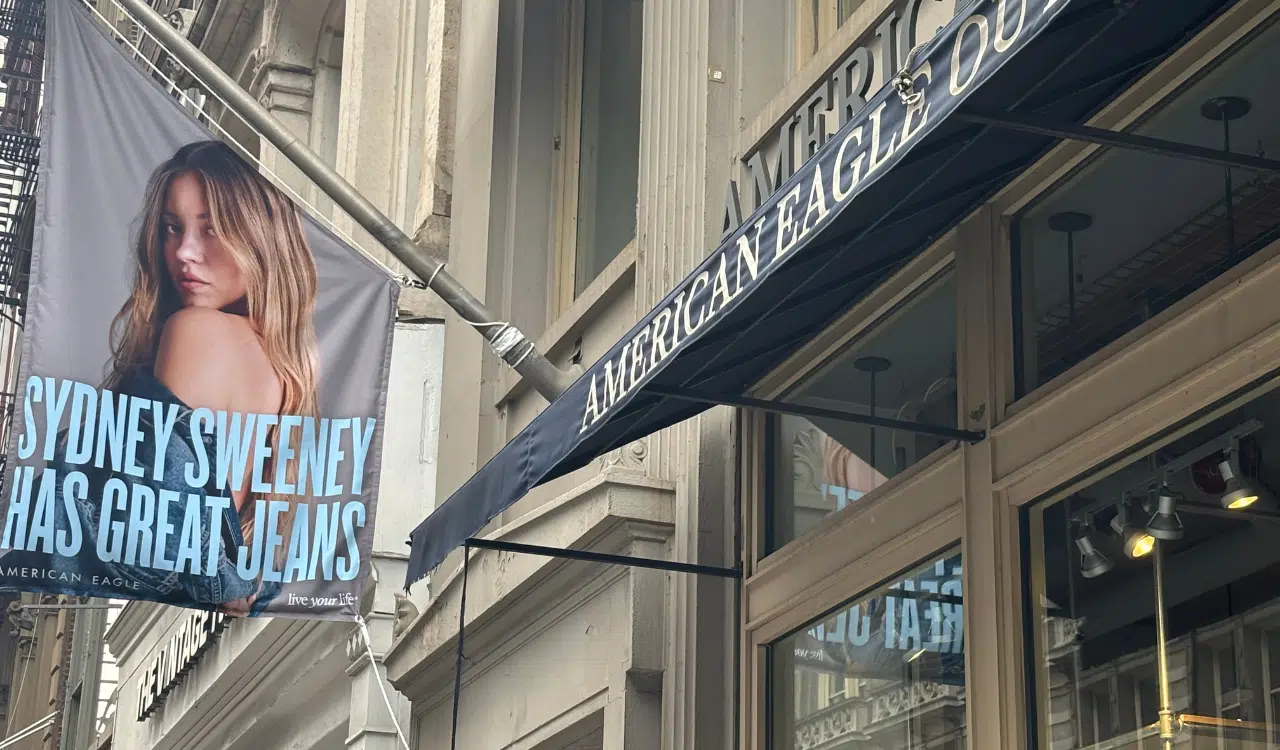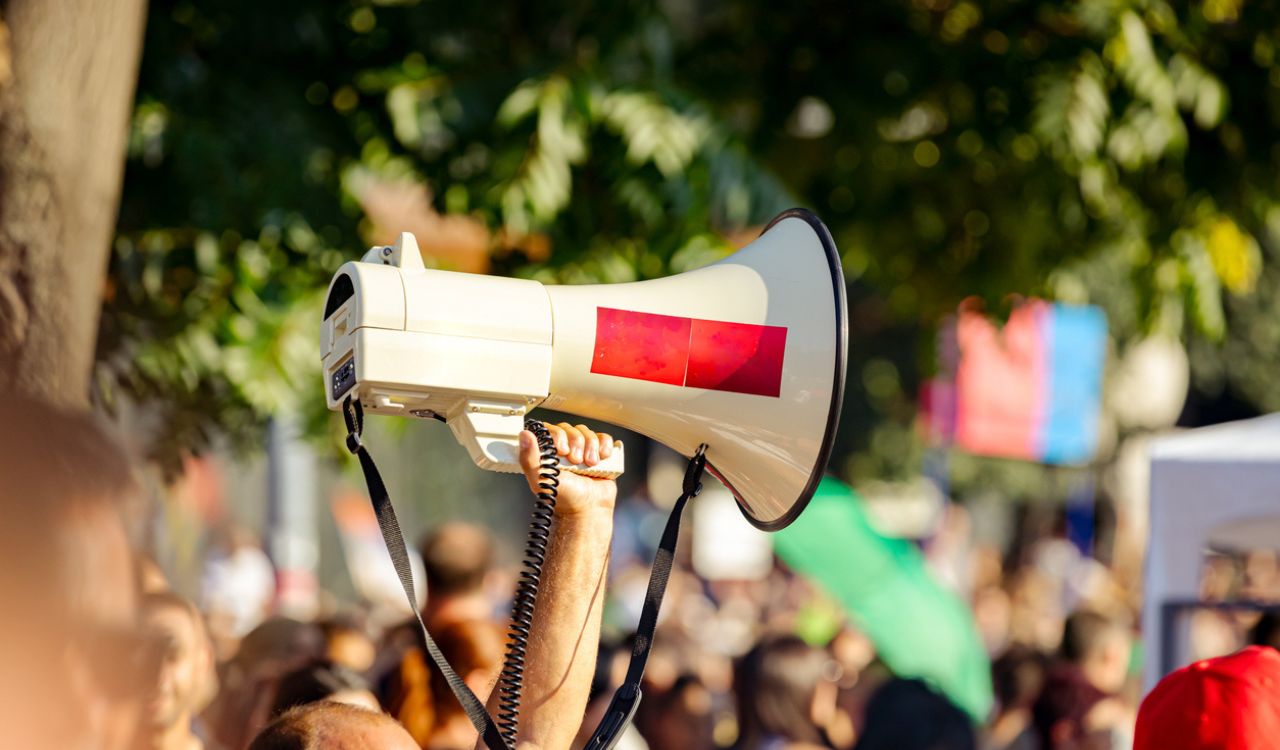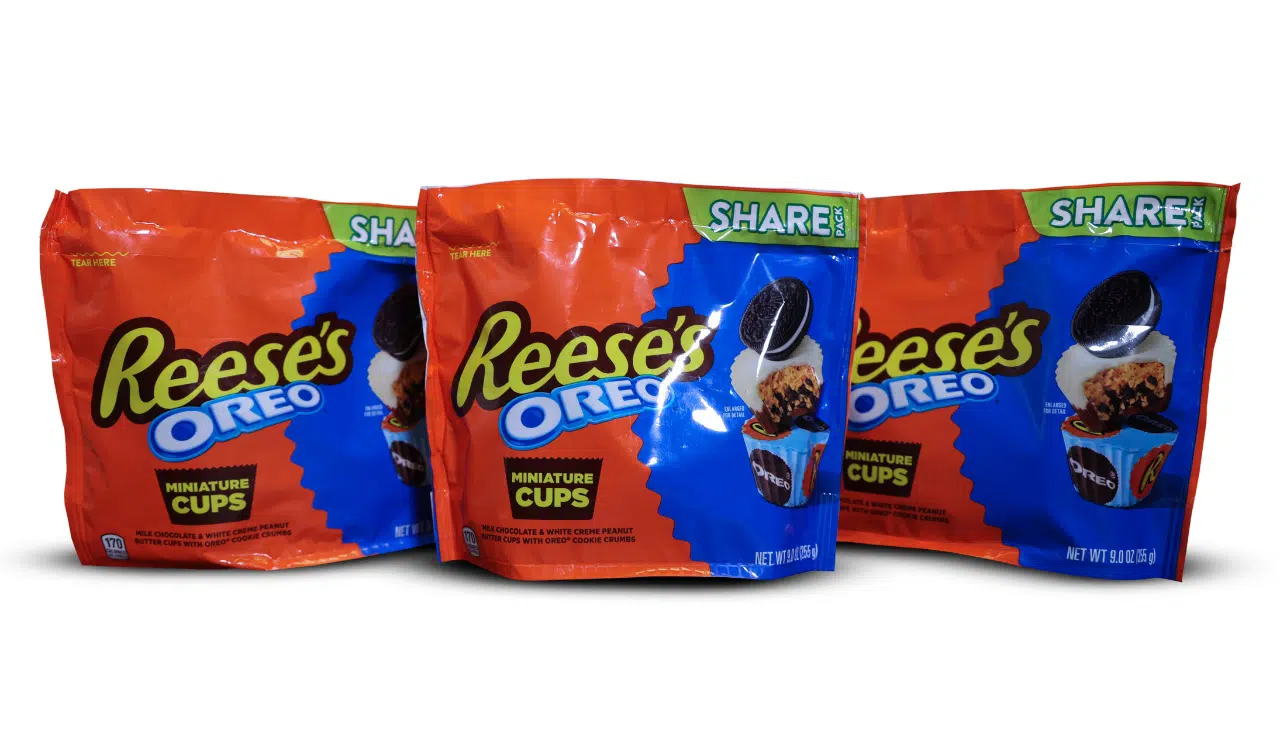American Eagle’s recent attempt at cheekiness is being judged as tone deaf at best. Some are even interpreting it as pro-Eugenics messaging. Which makes sense, considering that the AE ad featured the blonde-haired, buxom, blue-eyed Sydney Sweeney talking about how great her “jeans” are while sprawled not-so-innocently across a couch. The entire Sweeney campaign hinged on this genes/jeans pun.
Perhaps the oddest thing about this campaign is the weaponized incompetence of those behind it. While weaponized white incompetence surrounding racial issues is nothing new, an entire company demonstrating this in an ad toting white beauty ideals at a time when marginalized communities are under attack?
In an era of heightened consumer scrutiny and a contentious global political climate, American Eagle’s Sweeney campaign is a warning for retailers trying to manufacture relevance without cultural context. Let’s talk about why consumers are so fired up about it, touch on why comparisons to Brooke Shields’ CK ad fall short, and what this means for future retail advertising.
The American Eagle disaster proves that retailers can no longer afford to confuse stock market performance with DEI awareness. Not in an era when customers dissect corporate messaging, then build communities around it on social media. The Sweeney ad demonstrates what happens when a company’s entire chain of command neglects to question the implications of what they’re putting out in the world, or how that messaging fits into the global climate.
A Big Win?
American Eagle was transparent that getting Sweeney to sign on for the ad campaign was a big win. In fact, the first few LinkedIn posts about the ad were the people behind it celebrating its “cheeky” humor. They even launched a “Sweeney” jean to raise awareness for survivors of domestic violence. AE’s marketing team thought the campaign was just subversive enough to resonate. yet seemed blind to its implications. As was Wall Street when it first met with the triumphant press release announcing the campaign’s launch.
The “good jeans” tagline was included in the press release. But evidently, nobody behind the scenes on AE’s marketing team, HR team, or its Wall Street investors felt empowered enough to call it out before it was subjected to consumers.
It’s clear that investors thought they’d get the Swift Effect with Sweeney’s ad campaign. Initially, it looked like they got it –American Eagle’s stock boomed by 10 percent after announcing the ad, adding about $200 million to the group’s value. And then Adweek reported that American Eagle stock hit a 25-year high after Trump endorsed the Sydney Sweeney ad.
In truth, Sweeney’s ad is reminiscent of the dark ages of American Apparel and Abercrombie & Fitch. It smacks of the shameless sexualization of women that American Apparel had in its heyday; however, American Apparel got away with it because of the diverse models in the ads. The AE ads are more in line with Abercrombie & Fitch’s past edification of wealthy, white heterosexuals.
As we all know by now, the AE ad features Sweeney saying, “Genes are passed down from parents to offspring, often determining traits like hair color, personality and even eye color.” She then says, “My jeans are blue,” referring to both Sydney’s blue eyes and the denim she wears in the video. Sydney’s blue eyes are elevated as a beauty ideal, which feels like a conscious departure from past AE ads celebrating diverse bodies. They really didn’t think the generation that invented the colloquial use of the word “cringe” would take umbrage?
DEI Retreat & The Cost of Nostalgia
A diverse and empowered HR department, marketing team, or Wall Street investors worth their salt would’ve caught the implications of the Sweeney ad, but it didn’t happen. That this ad was allowed to drop speaks not only of the cultural incompetence of American Eagle’s C-suite, but also of the lack of power given to diverse members of their team who would have caught it. And quite possibly it was the star power behind the irreverent agency that created the ad, Ryan Reynolds.
A customer on AE’s Instagram said, “Would love to hear how many POC were involved in the creation and implementation of this campaign.” American Eagle quickly followed Sweeney’s ad with a series of new ads depicting models of color, but the follow-up has also been criticized for its knee jerk reaction and namelessly “celebrating” the diverse models.
For many, the professed innocence of Sweeney’s ad doesn’t stack up to the facts. Conservative media pundits were calling out Sydney’s endowments, as seen on SNL, an “anti-woke triumph” before she ever signed on with American Eagle. A huge departure from the body-inclusive Aerie line, the campaign could only be aimed at the 37 percent of Gen Z men who feel that “America is on the right track.” As if to cement this assertion, the White House called the discourse around the ad “moronic” and “cancel culture run amok.”
Not a Brooke Shields Wannabe
The Sweeney kerfuffle has historical echoes, and many are likening it to the infamous 1980 Calvin Klein ad featuring Brooke Shields. In the ad, the then fifteen-year-old Shields whistled at the floor, then stared seductively at the camera, saying, “Do you know what comes between me and my Calvins? Nothing.” Implying that she was freeballing it to consumers across the nation.
While Sweeney’s ad campaign certainly exhibits overt sexualization of women (the ad pans to her chest and a smiling Sydney scolds it with a “Hey, eyes up here”), Sydney Sweeney is an adult. Brooke Shields was a child. It’s the difference between the overt sexualization of children and championing a singular, whitewashed beauty ideal that smacks of eugenics when marginalized groups are struggling. That’s unique to 2025, and that’s what next gens won’t soon forgive.
The Future of Retail Is Culture Consciousness
The American Eagle disaster proves that retailers can no longer afford to confuse stock market performance with DEI awareness. Not in an era when customers dissect corporate messaging, then build communities around it on social media. The Sweeney ad demonstrates what happens when a company’s entire chain of command refuses to question the implications of what they’re putting out in the world, or how that messaging fits into the global climate. No matter how many diversity panels a company holds or how much they invest in positive messaging, trainwrecks like this reveal who’s really in the room when decisions are made…and whose voices still aren’t being heard.
Unofficial American Eagle reps have since addressed the backlash from the Sweeney ad. “This is yet another example of how social media is just not reflective of real life,” an American Eagle rep told TMZ on July 30. “The absurd response from some corners of the internet is absolutely not reflective of how American Eagle’s customers feel.” They went on to say that their “independent polling” found that 71 percent of respondents thought the commercial was appealing. “The bottom line,” they continued, “is that this was about creating a great pair of jeans and supporting a very worthy cause through some of the proceeds going to domestic violence prevention. Anything beyond that is noise that is not registering with the average person.”
If you felt your stomach sink when the term “average person” was used in connection with the Sweeney ad, you aren’t alone. Nor would you be alone in cringing that AE rolled out an Instagram ad featuring a nameless woman of color after the Sydney montage took over their page. The last-minute nod to domestic violence awareness in Sweeney’s campaign makes it even harder to take, given that domestic violence disproportionately affects the marginalized communities the ad ignores. Anyone still doubting that DEI is worth the investment, consider this: AE’s $68 million operating loss, the cost of the Sweeney ad, and the estimated costs of AE’s new crisis PR firm. American Eagle’s fallout is a cautionary tale for retailers, reminding us that cleverness without consciousness always comes at a cost.





